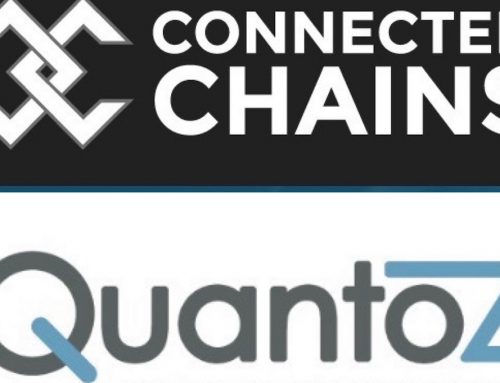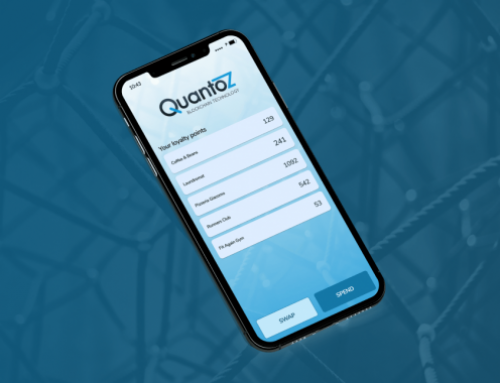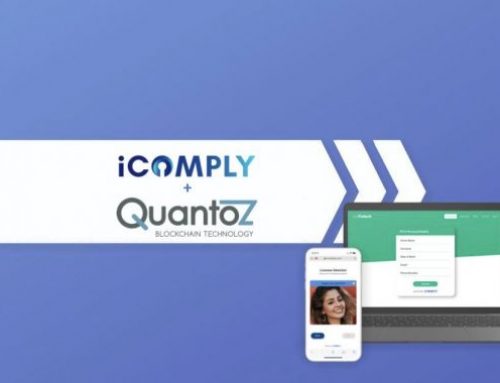We all are aware that E-Mobility leads to less pollution especially in cities. A disadvantage of electricity driven vehicles is the limited driving radius without re-charging. This drawback would be eliminated if a dense network of charging points would be available.
Many people would be willing to offer a charge point if the initial costs for setting up such a charge point would be low and if there was a smooth way to get paid for the energy.
The average passenger car in The Netherlands drives less than 20 kilometers per day. With a typical range of 6 km/kWh, a standard home wall socket can provide this charge in less than an hour. An appropriate payment for this amount of charged energy is between one and two Euro. Such small payments are a challenge, as the traditional infrastructure for such a payment would be too expensive (internet connection for data transfer, card reader).
Also cash payments are not convenient. One would need a cash machine or pay the charge point operator personally. For the fist one a coin machine is necessary (which again makes it expensive), for the second option someone always needs to be there (24/7), which is no solution for such small payments.
The Quantoz Crowd Charging solution solves these two problems:
First of all, a charging point can be created by combining a smart crownstone, developed by Rotterdam based company DoBots and a traditional power socket (total costs less then 100€).
Secondly, the Quasar Payment Infrastructure is used to make the payment. The SPUR protocol enables the payment to the power socket without the need that the power socket is connected to the internet.
The payment is initiated by scanning the sockets’ QR-code with the Quantoz digital wallet application on smart-phone.
Paying this way for electricity is very convenient for the customer:
- increased privacy, no need for a card membership, no information who charged how much electricity where and at what time (tracking)
- Make use from a wallet that is installed on a smart-phone
But it has also a number of advantages for the operator:
- Limited investment up front.
- No financial risk because of advance (instantly settled) payments
- No fees need to be paid to credit card companies or other payment service providers
The above described model is not limited to single persons and electricity driven vehicles. Operators can also be municipalities (there could be a charging point installed at every lamppost) and/or the owner of a parking garage. Electric bicycles and E-bikes can also make use of the charging infrastructure.
Smart Payments for sharing smart cars
One of the heavily discussed topics to reduce congestion in rural cities is to make use of smart cars. These driverless cars act like taxis and are paid for on the basis of a “pay per use” model. Quasar makes payments from user to a car possible. As a result of that, the car itself could also pay the electricity it charges.




